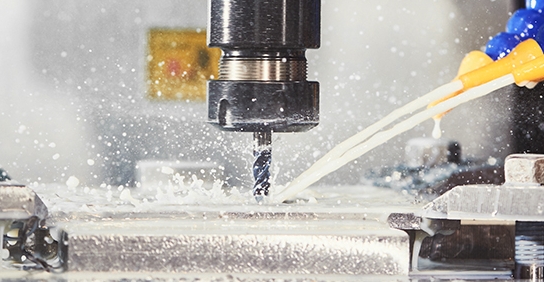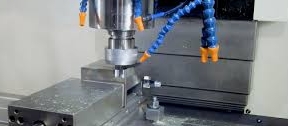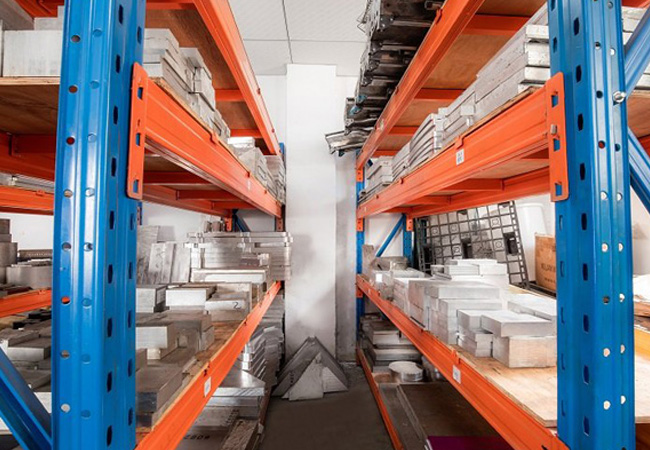| CNC Machining Technique | Description | Applications in Aerospace |
|---|---|---|
| 5-Axis CNC Machining | Enables the cutting tool to move along five axes, allowing the creation of intricate parts with minimal setups, improving accuracy and efficiency. | Complex components like turbine blades and structural parts. |
| High-Speed Machining (HSM) | Utilizes increased cutting speeds and feeds while maintaining precision, significantly reducing production time. | Efficient manufacturing of lightweight, high-strength parts. |
| Electrical Discharge Machining (EDM) | Employs electrical discharges to shape materials that are difficult to machine with conventional methods. | Machining turbine blades, nozzles, and complex shapes. |
| Precision Grinding | Achieves high surface quality and tight tolerances, critical for aerospace performance and reliability. | Jet engine components, landing gear systems, and bearings. |
Common Challenges in Manufacturing Aerospace CNC Machined Parts and Solutions
Aerospace CNC machining involves unique challenges due to the high precision, material complexity, and strict standards required. Below are detailed insights into these challenges and their solutions.
Material Hardness
Aerospace materials like titanium, Inconel, and other superalloys are chosen for their strength, lightweight properties, and resistance to extreme conditions. However, their hardness makes machining difficult, leading to rapid tool wear and slower machining speeds.
Solution: Employing advanced cutting tools with specialized coatings, such as carbide or diamond-like coatings, improves tool durability and cutting efficiency. Optimizing cutting speeds, feeds, and coolant application also enhances performance while maintaining part quality.
Complex Geometry
Aerospace components often feature intricate geometries, including curved surfaces, deep pockets, and fine details that are essential for aerodynamic performance and functionality. Conventional machining techniques struggle to achieve these shapes with accuracy.
Solution: Using 5-axis CNC machining allows simultaneous movement along five axes, enabling the creation of complex parts with fewer setups. Integrating advanced CAD/CAM software ensures precise toolpath programming and simulation to minimize errors and maximize efficiency.
Cost Considerations
The need for high-quality materials and precision manufacturing often results in higher production costs. Factors like tool wear, machining time, and material waste further add to the expense.
Solution: Streamlining machining processes through automation, implementing high-efficiency cutting strategies, and utilizing optimized tool paths reduces time and waste. Investing in multi-tasking machines, which combine several operations in one setup, also minimizes overhead and boosts productivity.
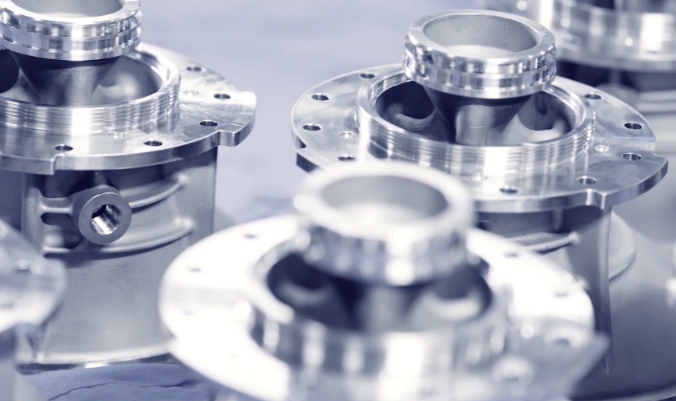
Supply Chain and Lead Times
Aerospace manufacturing relies on a consistent supply of high-quality materials and components. Delays in the supply chain or production can lead to extended lead times, impacting project timelines and costs.
Solution: Partnering with reliable and certified suppliers ensures a steady flow of materials. Implementing lean manufacturing techniques, such as just-in-time inventory systems, improves production flow and reduces waste. Advanced tracking systems and digital supply chain management tools further enhance efficiency and predictability.
VMT CNC Machining Aerospace Parts Capabilities
VMT offers advanced capabilities for aerospace parts, utilizing high-end milling machines, 5-axis CNC machining, and precision grinding to produce components with exceptional accuracy. Committed to strict quality control, VMT ensures compliance with industry standards such as ISO 9001, delivering reliable, high-precision solutions.
Specializing in custom aerospace machining, VMT provides tailored solutions for aircraft and spacecraft components, ensuring fast turnaround times and on-time delivery without compromising quality.
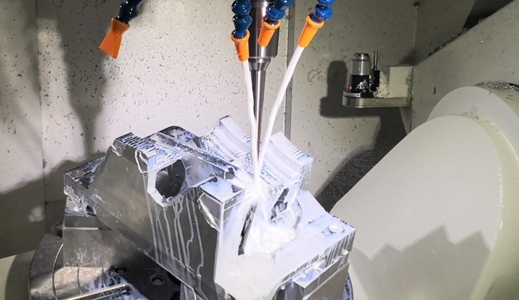
Applications of Aerospace CNC Machined Parts
CNC machining plays a pivotal role in aerospace manufacturing by enabling the production of high-precision components that meet stringent safety and performance standards. From structural parts to intricate engine components, its versatility ensures reliability across a wide range of applications. Below is an overview of key applications and examples of CNC machined aerospace parts:
| Application Area | Description | Examples of Components |
|---|---|---|
| Aircraft Structural Components | CNC machining provides the precision required for critical structural elements that endure high stresses and harsh environments. | Fuselage panels, wing structures, landing gear assemblies. |
| Engine Components | High-temperature and high-performance parts demand tight tolerances, advanced materials, and durable construction to withstand extreme conditions. | Turbine blades, engine casings, fuel injection nozzles. |
| Avionics and Electronics | Delivers compact, precise enclosures and connectors for sensitive aerospace electronics, ensuring durability and reliable performance in high-vibration environments. | Machined enclosures, electronic connectors, housing units. |
| Spacecraft Components | Ensures lightweight and durable parts capable of handling the unique demands of space exploration, including extreme temperatures and vacuum conditions. | Satellite structures, propulsion system parts, brackets. |
In Conclusion
CNC machining is essential to aerospace manufacturing, providing the precision, reliability, and compliance required by industry standards. Ongoing advancements in materials, machining technologies, and automation are continuously shaping the future of aerospace machining, driving improved efficiency and performance in both aviation and space industries.

